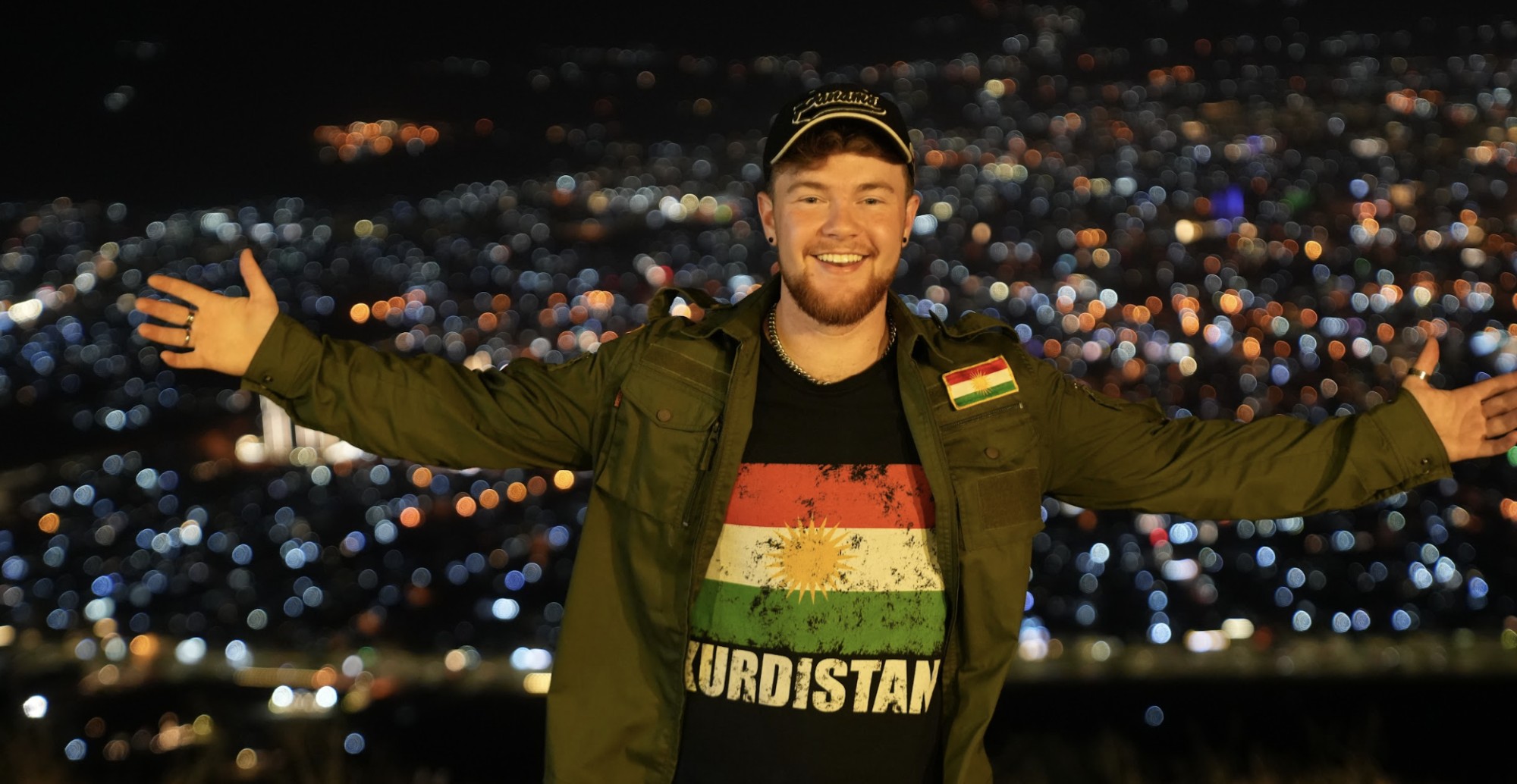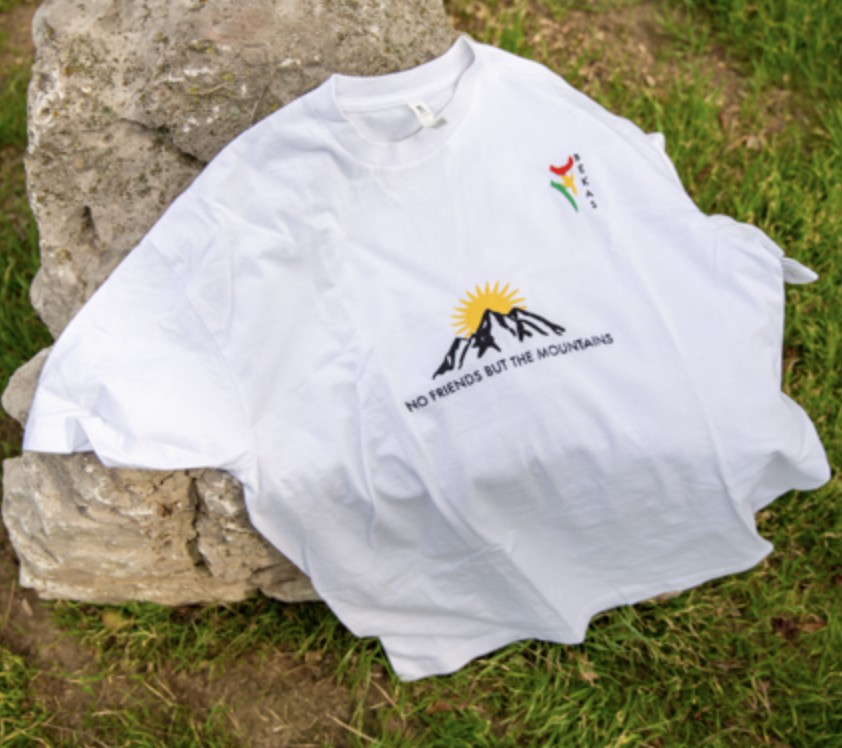The medreses, or Quranic schools, of Kurdistan may seem a thing of the past, having been officially banned in Turkey since the 1920s and rendered obsolete elsewhere by the rise of modern, state-funded (and, more recently, private) elementary and higher education models. Yet medreses have played an important role in the cultural life of the Kurdistan Region and have arguably helped to make Kurdish culture what it is today.
Obviously, the medrese education primarily consisted of Arabic-Islamic religious learning, starting with the memorization of the Quran and the principles of the faith, and then proceeding to the details of Arabic grammar, the study of hadiths or prophetic traditions and Quranic exegesis – in short, the sciences of arabiyya (i.e., of religious knowledge and linguistic expression in the Arabic language); but in early modern times, medrese education in Northern Kurdistan developed a specifically Kurdish character.
Elsewhere, the term medrese usually denotes specific institutes of higher learning, but in the Kurdish-inhabited region, it generally refers to institutions of religious learning in general. In Iraqi Kurdistan, the term hujra (literally referring to a room for instruction adjacent to a mosque) appears to be used more frequently than medrese. The early history of the medreses in Kurdish towns and cities largely remains to be written and, about the history of rural medreses, we are even more in the dark.
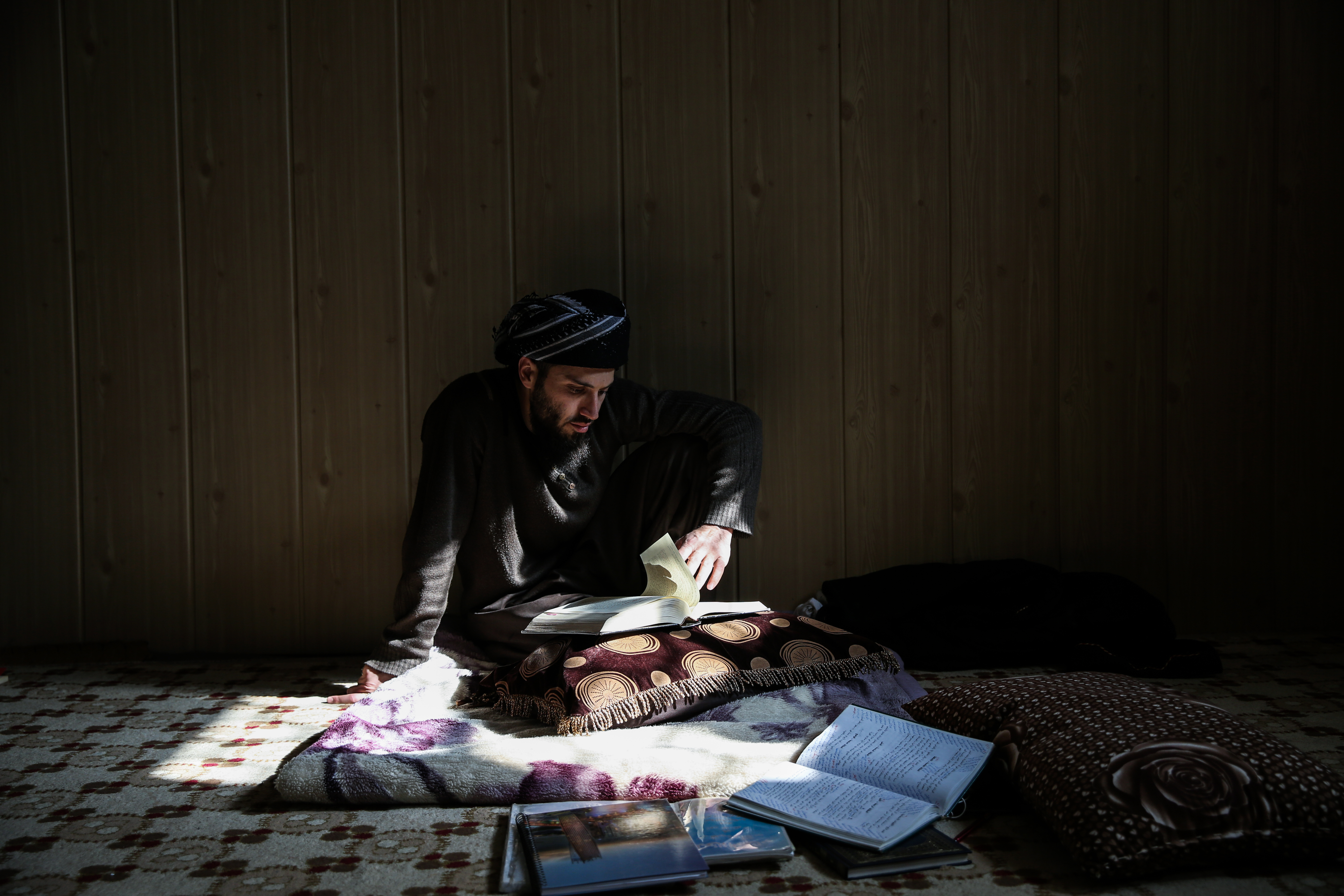
Evliya Çelebi
Yet there are several important sources on the history of medreses. Among the earliest is the Seyahatname (Book of Travels) of the seventeenth-century travel writer Evliya Çelebi (d. 1682). This huge work has left us with invaluable information on the cultural and intellectual life, and on the spoken languages, of the early modern empire – and with a good deal of exaggerated tall tales of an often rather obscene character.
Evliya also spent a substantial amount of time at local princely courts in Kurdistan, and in predominantly Kurdish-inhabited cities or towns like Diyarbakir, Bitlis, and Amadiya, for which he gives interesting, and often surprisingly precise, bits of information about local medreses, spoken dialects, and so on. Unfortunately, he does not appear to have traveled to the Kurdish-inhabited areas further South or East. One would have been interested to read Evliya’s observations at the Erdelan court in the city of Sina/Sanandaj in the neighbouring Qajar empire, for instance.
Interestingly, Evliya writes that in the urban Kurdish medreses that he visited, only Arabic and Persian were used. He does make a few short comments about Kurdish-language poets at the court of Amadiya but otherwise appears to see Kurdish primarily if not exclusively as a spoken language.
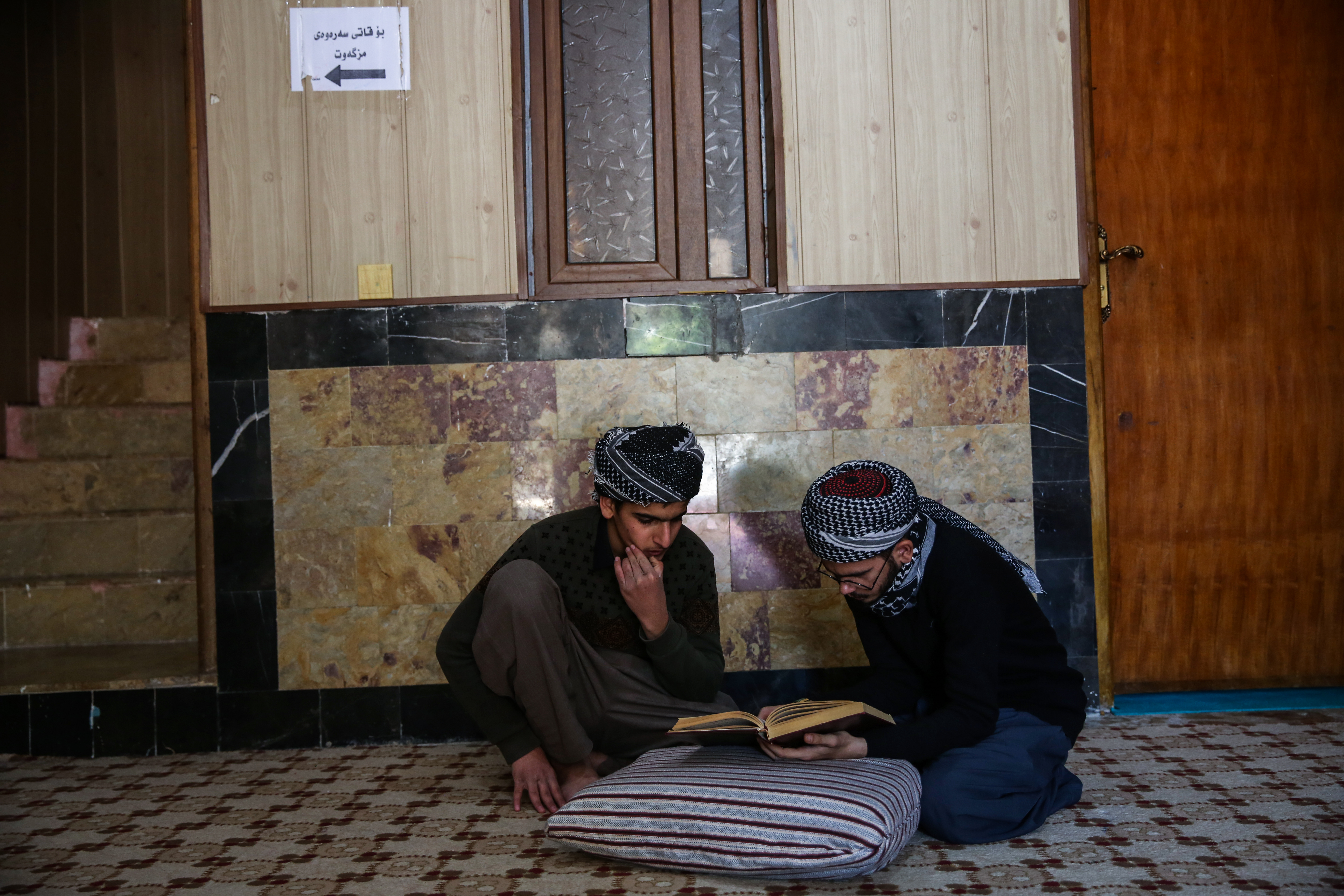
Xanî and other sources
Shortly after the time of Evliya’s visits, however, we see the first signs of a momentous shift in Kurdish medrese life: from the later seventeenth century on, we have evidence of the use of (Northern) Kurdish not only as a medium of oral and written instruction, but also as a written language of poetic expression and even as an object of linguistic learning.
Among the pioneers of written poetic Kurdish are medrese-linked authors like Melayê Cizîrî, who was associated with the famous Red Medrese (Medreseya Sor) in Cizre.
Even more importantly, however, are the writings of Ehmedê Xanî, who explicitly indicated that his use of written Kurdish in a medrese setting was an innovation if not a heresy (bid‘a). For beginning Kurdish-speaking medrese pupils, Xanî composed the Nûbihara piçûkan (First Fruits for the Young Ones), a short, rhymed Arabic-Kurdish vocabulary, and the Eqîdeya êmanê (Profession of Faith), a brief profession of the faith. Both works were written in rhymed verse, undoubtedly with the aim of facilitating rote learning.
Xanî’s masterpiece, of course, is the long romance poem, Mem û Zîn (Mem and Zîn), about two ill-fated lovers who are not given permission to marry and gradually pine away as a result. Although this work today is read primarily as a political allegory of the fate of the Kurds, it appears to have originally been written specifically for a medrese audience. It also appears to have been widely read in the medreses of Northern Kurdistan: a substantial number of manuscripts of this poem has survived, almost all of which are simple and modest works that lack the ornamentations and elaborate – and expensive – miniatures that are characteristic of manuscripts composed for, or commissioned by, local princes let alone emperors.
Finally, several Kurdish-language works dealing with grammar – and partly cover aspects of the grammar of Kurdish – dating most likely from the eighteenth century have survived and, in fact, continued to be used in Kurdish medreses.
All of this suggests that the origins of Kurdish learned literary culture should be sought in rural medreses rather than in urban centers or at princely courts; that the original audience of this Kurdish literature consisted of medrese pupils and mystics rather than princes or town dwellers; and finally, and intriguingly, that this development is specific to Northern Kurdistan. In the regions further South, Arabic appears to have remained the primary if not exclusive language of education in the hujras.
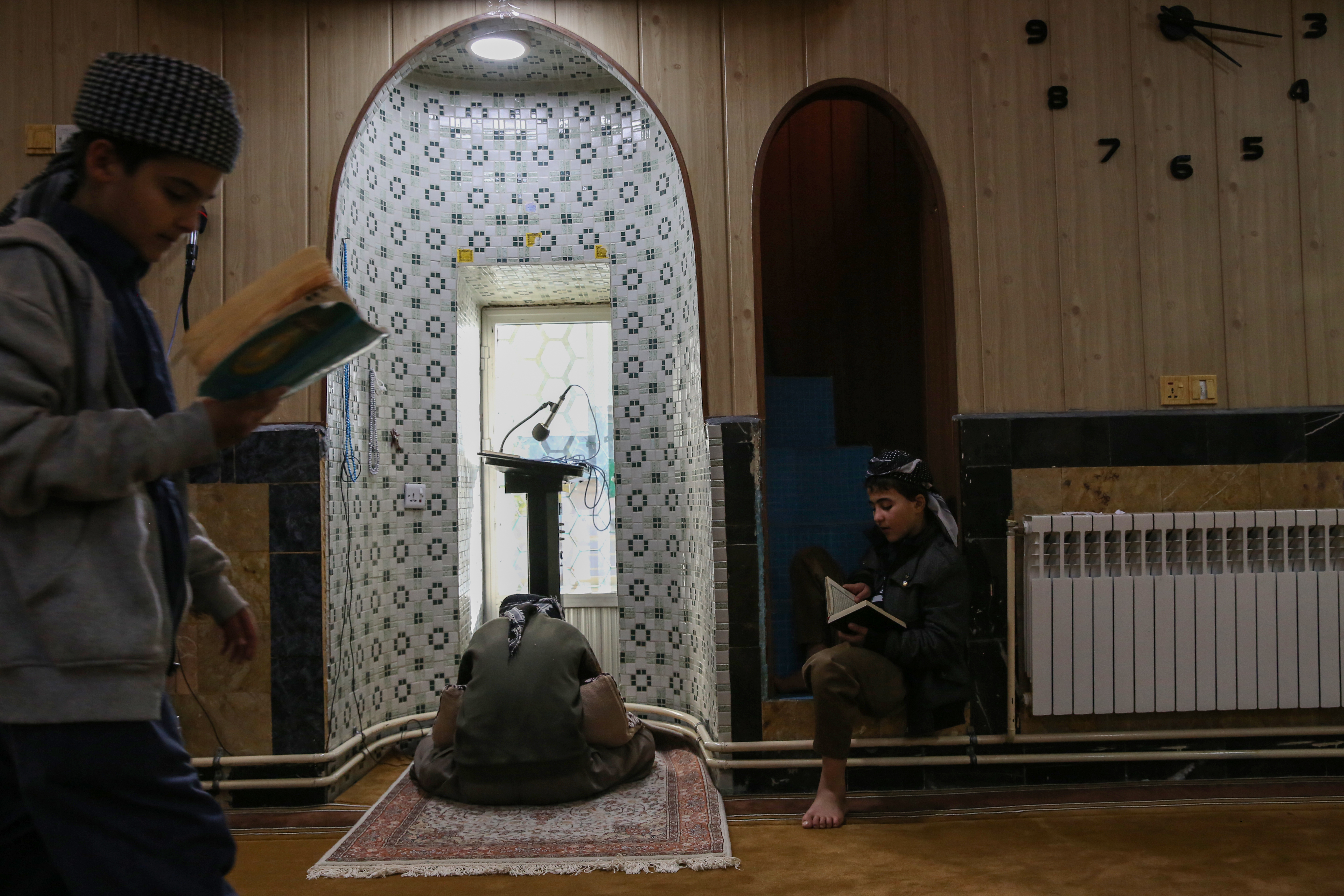
Why are medreses forgotten?
There are two major reasons that the rich literary, cultural, and intellectual life of the Kurdish medreses has not received the attention it deserves. First, of course, there was the repression of all medreses in the newly founded republic of Turkey. In 1925, the Law for the Unification of Education led to the closure of all medreses in the country. Clandestinely, however, many medreses continued to operate, especially in the Kurdish provinces, and these played a crucial role not only in preserving Kurdish literary heritage, but also for creating and reproducing a written linguistic standard.
Another reason for the relative neglect of Kurdish medrese life is the fact that secular Kurdish nationalists were not greatly interested in the religious antecedents of their national culture; accordingly, for example, many modern readings of Ehmedê Xanî’s Mem û Zîn tend to downplay or ignore its religious and mystical dimensions.
Fortunately, things are changing. We have a few recent descriptions of medrese life in Northern Kurdistan through a book by Sadreddin Öztoprak in Turkish and one in Kurdish by Zeynelabidin Zinar as well as a memoir by the famous Muhammad Sa’id Ramazan al-Buti in Arabic called Hadha Walidi (This is my Father), makes provides insights into Kurdish medreses before the 1920s ban in Turkey. Remarkably, the commentary of these authors on the medrese curriculum, or rêz, rather consistently suggests that the works mentioned above were widely used in rural medreses all over Northern Kurdistan.
Paths for future inquiry
The open question is whether we can discern similar developments elsewhere in Kurdistan. It seems that the rise of Sorani, or Central Kurdish, in the nineteenth century was not as crucially linked to the medreses as that of Kurmanji, or Northern Kurdish. Likewise, the historian Muhammad Hawrami, who among others has written a book on cultural and intellectual life in Hawraman region, once told me that he was not aware of any medrese works written in the Hawrami vernacular, and that in the local medreses, Persian and Arabic rather than Hawrami was used in medrese education.
More recently, however, I have met several Kurdish scholars based in Iran, who assured me that the works in Hawrami of just such a nature can indeed be found in libraries in Tehran. At present, I know nothing more of these works; plainly, the last word has not yet been written about these matters.
Whatever future discoveries await us, the importance of medrese life for creating a modern Kurdish language and literature – not to say anything of forging cultural identity – can hardly be overstated.
Michiel Leezenberg teaches in the philosophy department of the University of Amsterdam. He has held visiting positions at, among others, INALCO/Sorbonne in Paris and at Jagiellonian University in Cracow. He has published widely on the Kurds.
